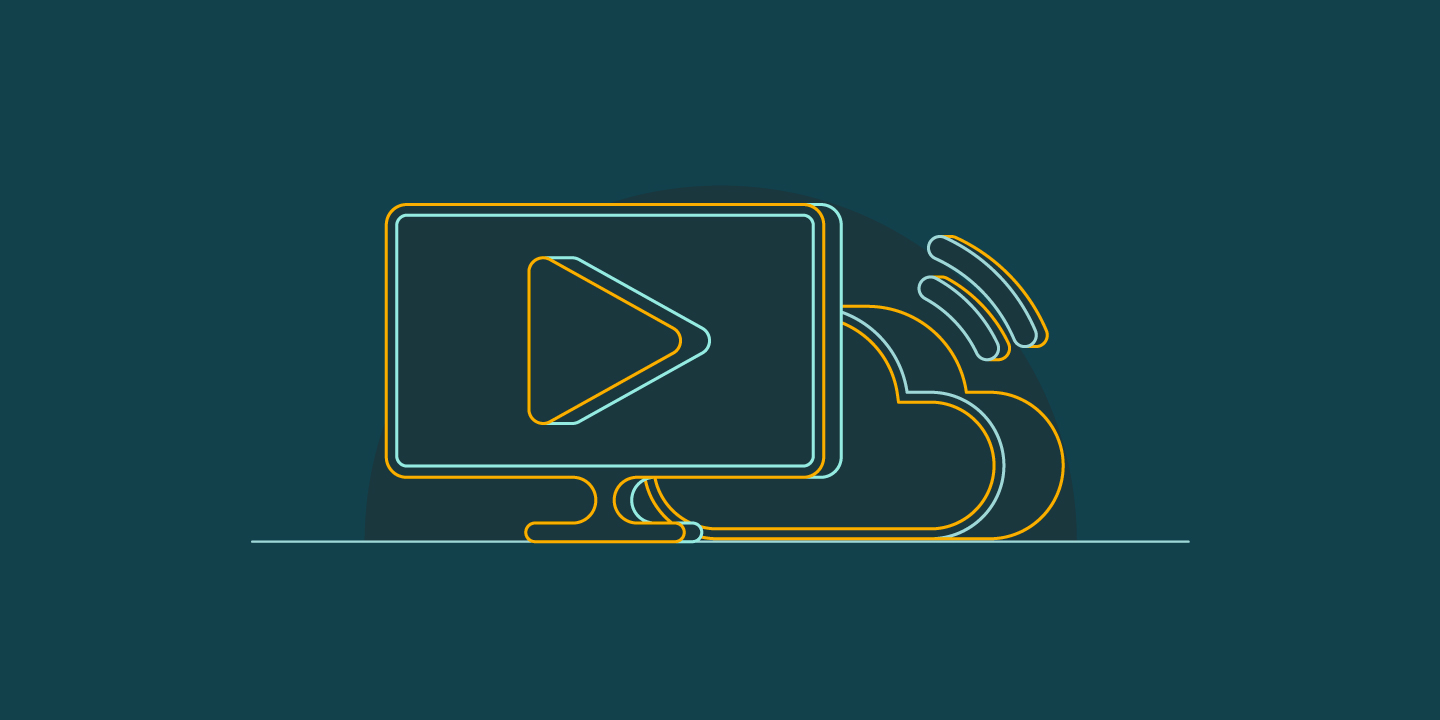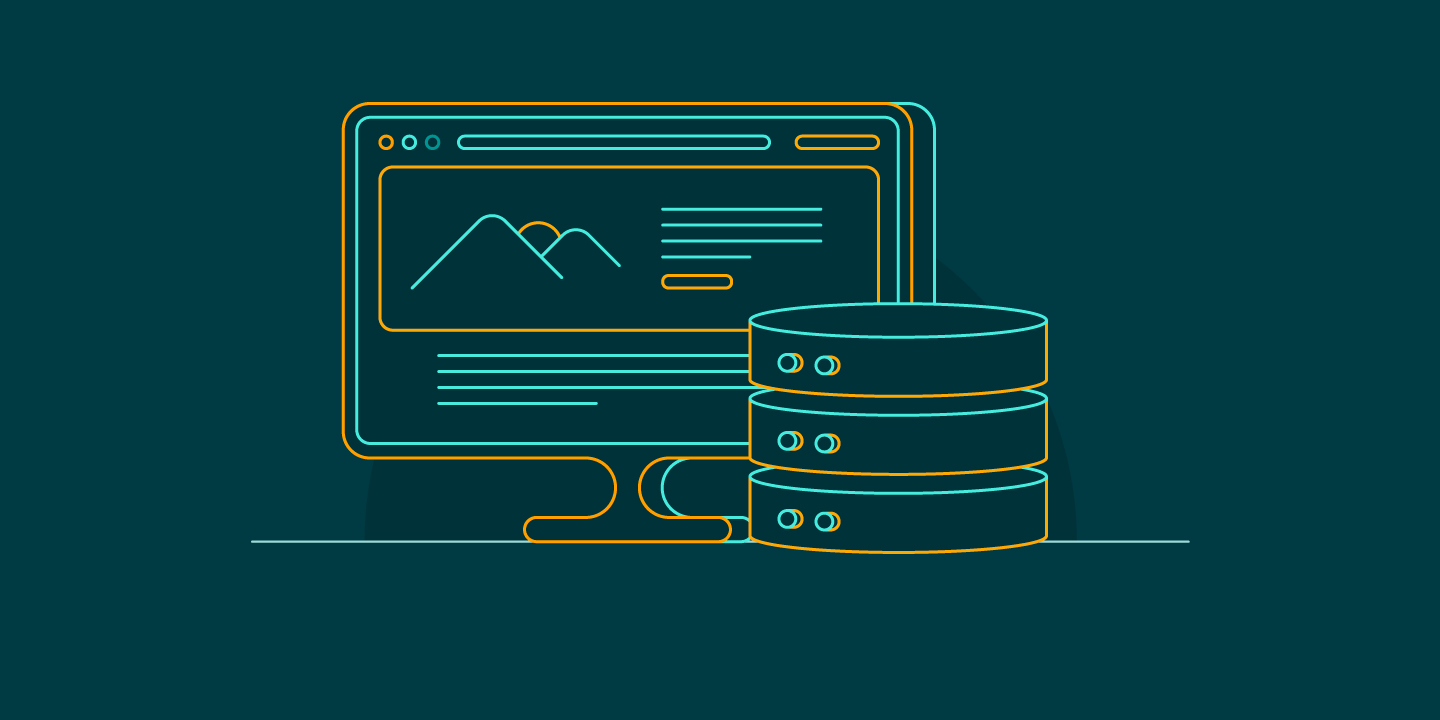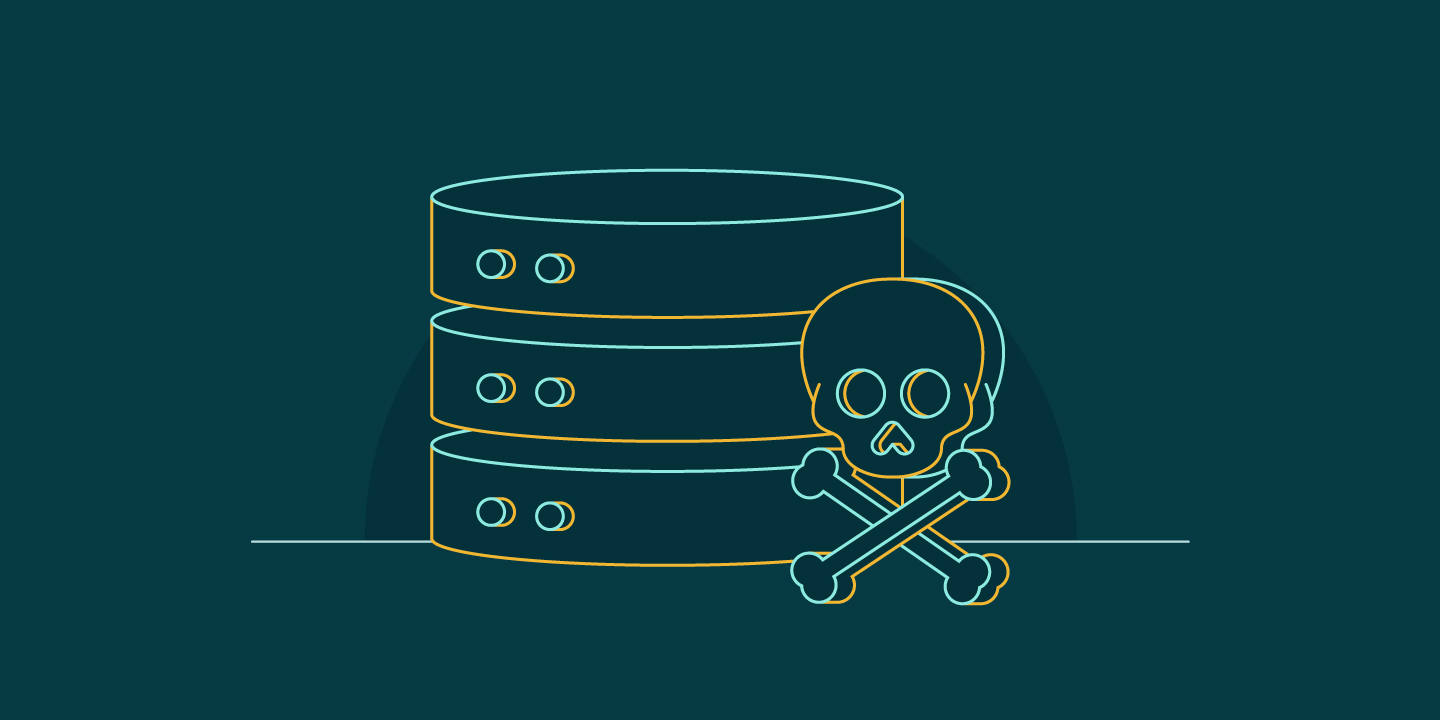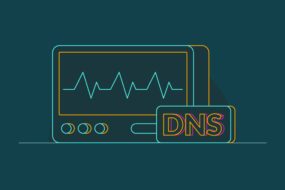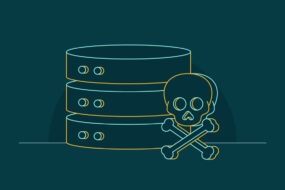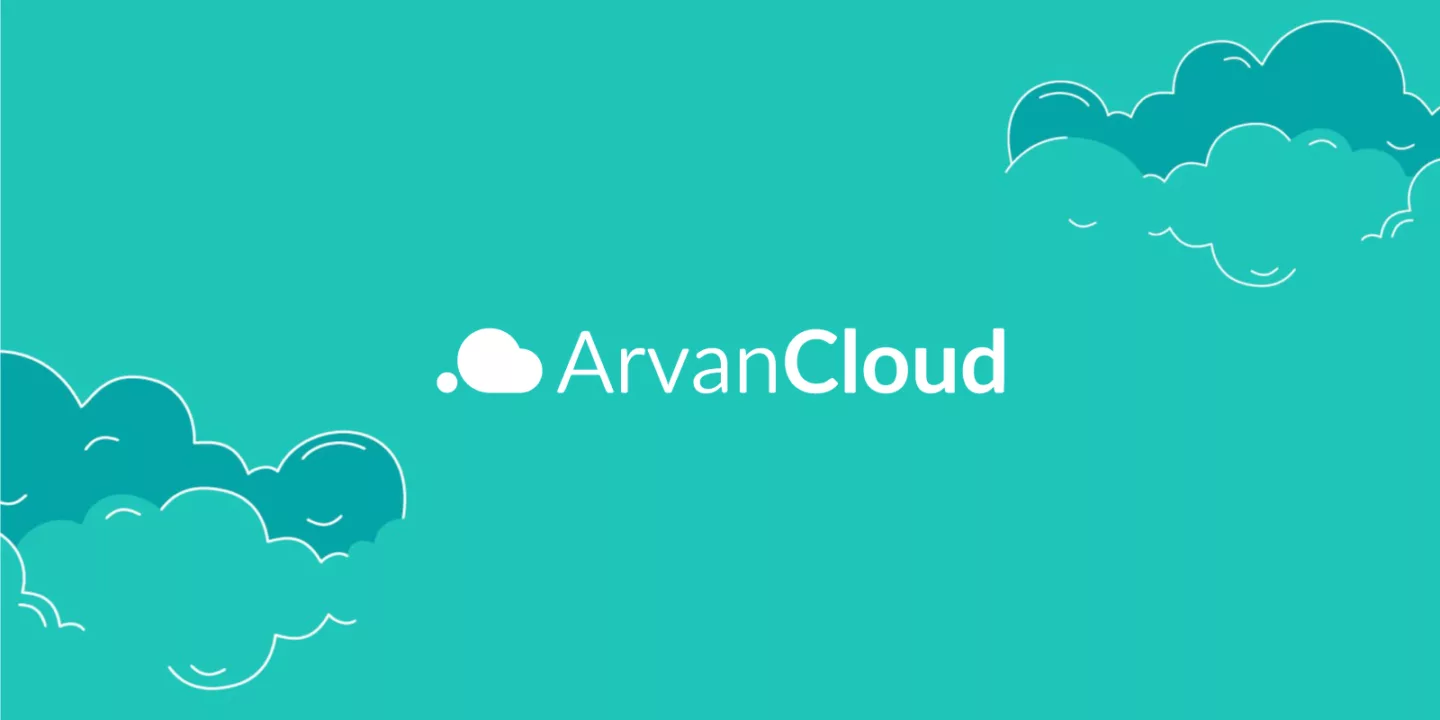
Delivering videos online is an important part of many online businesses. Live Streaming and VoD (Video on Demand) are different ways of delivering video content online; both offer multiple features resulting in brand recognition and viewer engagement. With the right platform, anyone can share videos both ways and successfully monetize the views. Now let’s take a look at Live Streaming and VoD and talk about their differences and similarities.
Read the article to know how to find the right video content delivery platform that meets your needs.
What Is Live Streaming?
Live streaming is used to describe video coming from an event that is happening in real-time. The live streaming user base is vast, which continues to grow every single day. The viewers see the content as being created with very little lag time between filming and viewing.
Live streaming, in actual words, means streaming content online and simultaneously recording and broadcasting in real-time. Live streaming platforms often use a remote storage location, and this way, viewers will receive the video a little bites at a time. The video will be broadcast on the Internet without being recorded or stored. Live streaming platform can be used for TV broadcasts, video games streams, social media videos, announcements, breaking news, conferences, concerts, festivals, sports, Q&A sessions, and any time-sensitive productions. Live streaming delivers video content to multiple viewers at once.
Read also: What is a live streaming platform? How does it work?
Benefits of Live Streaming
Real-Time Experience: A live streamed event makes it possible for the broadcasters to engage with their audiences. Users will see themselves as a part of the moment. They actively connect to that content.
Cost-effectiveness: Companies use live streaming for different purposes. All considered, in addition to travel costs, lodging, and security, choosing to live stream, an event can save a lot of money in the long run.
Interaction: Live Streaming is an exciting experience for viewers. They can have a conversation at the same time. Broadcasters can offer a poll, take questions, and connect directly with them. Live streaming will help to build the community by giving people the feeling of being inclusive and exclusive at the same time.
What Is VoD?
Video-on-Demand is a service that offers videos, TV or movies available at the users’ convenience. VoD streaming platform can help viewers to choose what to watch when they want. VoD is an increasing platform that allows many users to select and watch videos based on their time rather than view scheduled broadcasts. Usually, VoD streaming services stream through set-up boxes, computers, tablets, and smartphones.
VoD services focus on consumer behavior, and that is what people are relating to it. VoD is the opposite of live streaming. It allows users to watch videos at a suitable time and from any Internet-connected device virtually. VoD services can be used for movies, tutorials, educational content, entertainment and many others. One of the reasons that people prefer watching VoD is because of their hectic lifestyle. The video is always accessible with VoD streaming.
Read also: What is VoD platform? How does it work?
Benefits of VoD
Variety: VoD makes it possible to edit the content before distributed. There is plenty of time to record, edit and preview the videos. VoD contents are easier to go viral. The length of production and post-production allow creators to have time to plan and execute different ideas.
Convenience: On-demand platforms are trendy because people want to watch videos whenever they want to.
Adaptable: When live streaming is not mandatory, VoD is highly beneficial for providing users access to the content. Creators have more control over what they see, and they can also view prepared content on their schedules.
Live Streaming vs. VoD
To determine the correct answer for live Streaming vs. VoD, you should know that both methods are related to online video delivery, and no one can have VoD streaming before recording live content. Live streaming and video-on-demand have important differences that should be taken into account when creating a content strategy. Let’s have a closer look:
What live streaming offers:
- Higher Engagement
- Longer Format
- No Post Production Costs
- Real-time Interaction
- Interactive Content
What VoD offers:
- Better Graphics and Higher Quality
- Enhanced Production values
- Shorter Format
- Pre-Post Production
- Interaction
If the interaction is crucial for a business, live streaming can be a better option, especially when it comes to video marketing. Viewers interact in real-time resulting in a deeper connection and influential voice.
Content
When there is in-depth content, live streaming is more helpful. Live streaming offers longer times for viewers to join the live stream. Live streaming enhances online reach.
Pre-Production
Live streaming needs lots of preparation before going live. It is necessary to test the equipment, have an outline and rehearse the content. In VoD, it is possible to cut out the mistakes.
Post-Production
Using VoD increases the need for post-production time and resources. Some consider this as a disadvantage and believe that live streaming is ephemeral. In other ways, once the live stream ends, the content can be repurposed in many formats, including VoD.
When to Use Live Streaming or VoD?
Before implementing any live streaming or VoD strategy, it is necessary to review the vital objectives to ensure the tactic is in line with what a business or person wants to achieve. Having a unified platform allows them to save time, money, and effort in dealing with multiple distribution methods, making the process more manageable in the long run.
To pick one of these methods, it is good to consider the pros and cons of both. Consider the following factors related to your content and goals.
Live Streaming
If your content benefits from live interaction, live streaming is the safest choice. Product launches, events, and webinars are significantly related to real-time interaction. This way, the audience feels like they are a part of the moment and are free to ask any questions.
If the prepared content needs a longer time than VoD, Streaming is a perfect way. Viewers are much eager to watch live streaming for longer than VoD. Long live streaming then can be cut into shooter videos and posted as VoDs.
If you are planning to create more content and increase productivity, live streaming is the one. Live streaming offers in-depth, long-form content that can be later repurposed in many ways, such as podcasts, images, quotes, and VoDs.
Video-on-Demand
If you are aiming at a higher production value, VoD is the better choice. VoD makes it possible to create productive videos in a shorter amount of time and entertain the audiences.
If the content needs editing or your message requires further polishing, VoD can help you. VoD allows combining multiple pre-recorded videos into one or adding engaging features to the videos.
And lastly, if your content is specific and to the point, VoD is effective. VoD helps you bring value to many audiences in a concise way.
Last Words
The bottom line is that creators know that they need a mixture of both methods to give their audiences the best content. So the answer to “Live Streaming vs. VoD” is always both. When picking a platform that offers both live Streaming and VoD, finding a platform that integrates seamlessly will give you better user experiences that save money, time, and frustration.
ArvanCloud VoD Streaming Service and ArvanCloud Live Streaming will help you increase reach. ArvanCloud VoD services resolve the need for graphical processors based on the customer’s Internet bandwidth without any interruptions. ArvanCloud Live Streaming platform is integrated with Cloud CDN offering the best options based on its reliable cloud infrastructure, including security, storage, availability, speed and continuity. Try our professional live streaming and video platform for flawless results.
